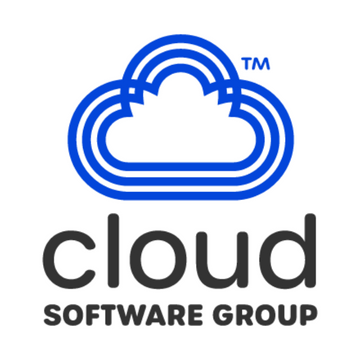56 percent less hardware spending each year. That’s how much organizations can potentially save with a desktop as a service (DaaS) solution. There are many benefits related to moving to the cloud using solutions like DaaS (such as improved employee and IT efficiency, easier software upgrades, and enhanced security), but optimizing IT spend is usually the main driver. Because the cost of cloud computing is based on the IT resources you actually use, it’s usually much most cost-effective than building out physical server rooms that can sit idle during off-peak times.
However, “usually” is not “always”—especially if your cloud resources are not properly managed or your cloud migration requires more time and financial investment than planned. This is why the economics of cloud computing is key. By better understanding cloud economics and the total cost of ownership (TCO) with your cloud solution, you can optimize your DaaS costs and get the best possible value from your cloud resources.
The definition of cloud economics
Cloud economics is a field of expertise focused on the financial elements and strategy of cloud computing. The Harvard Business Review describes the economic model of cloud computing as standing in “stark contrast to the traditional model of IT where we buy technology from a vendor as a capital investment and continue to invest in maintaining and servicing it over time.” Because cloud solutions are paid for as a service, they avoid the upfront costs of on-premises solutions in favor of regular spending on operating expenses based on the computing resources you use.
While cloud economics does look at the cost of cloud infrastructure in monetary terms, it also concerns the opportunity costs of cloud solutions as well as the complexities of managing cloud spend in a dynamic environment.
According to CloudZero, a full grasp of cloud economics requires understanding the TCO of cloud computing, the benefits cloud computing offers over on-premises models, and how to optimize costs and resource usage when operating in the cloud.
Why calculating TCO is more complicated in cloud computing
The total cost of ownership (TCO) in cloud computing refers to the end-to-end costs of adopting, managing, and provisioning all cloud infrastructure.
Because cost is one of the biggest barriers to implementing cloud initiatives, it’s vital to achieve a lower TCO with your cloud solution than you’re getting with on-premises infrastructure.
Thankfully, there is much evidence that a successful cloud solution can improve cost efficiency. For example, Forrester research indicates that leveraging new cloud workloads with DaaS solutions can lead to $1.1M less spending on legacy software and 10 percent more IT efficiency.
However, conducting TCO analysis for cloud solutions can be difficult because the pay-as-you go model of cloud environments requires you to modify your IT spend from capital expenses to operating expenses. While traditional IT environments require you to pay for hardware upfront (a capital expense) and use it over time, cloud providers usually have no upfront commitment and only charge you for the services and resources you use (operating expenses). This pay-as-you-go path is a great way to optimize your IT budget, but it’s vital you properly manage your cloud environments by planning the resources you use. Otherwise your operating expense budget can swell out of control as you provision cloud services you don’t need or fail to use cloud elasticity to your advantage.
How to use cloud elasticity to your advantage
One of the key advantages of cloud computing is elasticity, which is the flexible use of cloud computing resources based on varying demand. In on-premises IT infrastructure, you have to anticipate demand for computing resources and purchase hardware in advance. Because you always have to be ready for peak usage, relying solely on on-premises hardware means you must buy, provision, and maintain excess computing power even when you don’t need it. Put simply, you are paying up front for something you rarely need.
In contrast, the elastic nature of cloud computing means your cloud provider can automatically scale up computing resources if you face a sudden spike in demand. Because you only pay for the resources you actually use, this is a major cost efficiency over on-premises infrastructure. That said, monitoring demand and planning your cloud resource usage in advance is still important—cloud platforms like AWS and Microsoft Azure can charge more for sudden spikes in usage than they would for peaks you predict ahead of time.
Choose the right DaaS provider to drive IT cost-efficiency
Cloud economics has the potential to dramatically improve the cost-efficiency of your IT. However, considering the complexity of cloud environments, the unique use cases of each business unit, and the amount of on-premises IT infrastructure you already have, choosing the right DaaS provider is essential to effective cloud economics.
This is a big decision, but the potential benefits are vast: Forrester estimates a company of 15,000 employees could achieve a 153 percent ROI by adopting the right DaaS solution. As your organization looks for ways to do more with less, cloud economics is a key step toward optimizing your IT while controlling costs.



